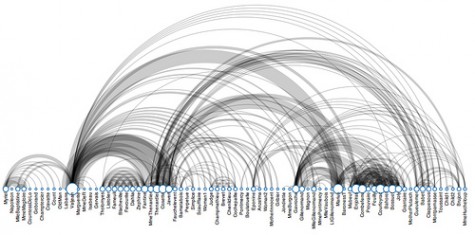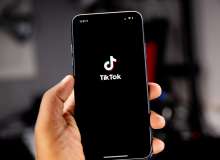
Shining the spotlight on Yeomans Services – Copywriting (Part 1)
ByClaire Fuller |CopywritingCreativeMarketingFundraising |22 August 2016No, we don’t mean copyright! – Though that’s important too!
It’s true that eye-catching artwork and the presence of a trusted brand’s logo can cause you to stop in your tracks and read a promotional leaflet or watch an advert, but the words (or copy) of a campaign are at its’ heart.
Whilst these words are largely responsible for ensuring that a campaign message is conveyed appropriately to your audience, their vital work begins long before this. The words that are spoken or written within organisations, behind the scenes and during the development of a campaign can have a large impact on decisions concerning branding, tone of voice and the style of images and straplines used in campaigns. Put simply, we should be careful not to underestimate the power of having the right words on the page or screen and be aware of the importance of copy in the development of effective campaigns!
Over the years, the professional and creative team at Yeomans have provided their copywriting skills to many charities and organisations, enabling them to accurately and effectively convey their messages and equipping them to create thought-provoking and attention-grabbing campaigns.
But what’s the secret behind great copywriting?
It’s not just about writing words on a page. When we work with our clients to develop a new campaign, brochure, letter or advert, writing is only part of the process. Our copywriters are gifted communicators who take care to craft clear and effective messages with their words. They spend time researching the subject to be covered and may carry out interviews and review previous campaigns. They immerse themselves in the organisations they write for, equipping themselves to deliver copy which is knowledgeably written and has the ability to passionately and appropriately convey a message to the intended audience.
There are several different types of copywriting to explore (stay tuned for future articles on types of copywriting our team can assist you with) but for many, the largest hurdle can be knowing where to start when telling your story. Following simple tips concerning “plot lines” and “story arcs” can be a great help in planning and building engaging campaigns.

What is the plot of your campaign?
In the simplest terms, a story is anything told or recounted, therefore a fundraising campaign in which you are raising awareness of a need and asking for financial help to meet it, can be considered a form of storytelling.
One popular school of thought says that every story we tell, read, or write is based around “seven basic plot types” which are:
- The quest
- Voyage and return
- Comedy
- Tragedy
- Rebirth
- Overcoming the monster
- Rags to riches
Identifying that your campaign fits one (or more) of these plot types can be extremely helpful. Your story now has a basic structure enabling you to more easily identify the “journey” that you want to take your reader on, helping you to craft a compelling campaign.
What is a story arc?
Having identified the main plot of your story, a story arc is another great tool to help organise your communications!
A story arc provides a way of “mapping” a story and has the potential to help you generate inspiring copy for your fundraising and marketing campaigns.
The concept of a story arc is simple –every story (whatever the plot) should include the following 5 components:
The 5 components for mapping a story
- Exposition – The introduction of your story, the point at which you set the scene by describing the current situation and the broad plot of your story becomes clear. During this stage you are laying the foundations for your story, introducing the characters and location
- Rising Action – At this point, your story starts to unfold and move forwards. What events are happening and what has triggered them? Where are any conflicts and challenges? Is there a critical choice to be made?
- Climax – The high point of your story, the most exciting part. This is the tipping point, where tension is highest
- Falling Action – Here, the tension starts to ease off as you’ve moved beyond the climax of the story. Your readers are being eased towards the point of conclusion, which is also known as…
- Resolution - Where your story reaches its conclusion, problems are resolved and loose ends are tied up
This structure may seem straightforward if you’re writing a fairy-tale, but it can also be applied effectively when writing fundraising campaigns. By knowing your plot type and using the concept of story arcs to take your reader on a structured journey the process of copywriting can become less daunting.

In fact, as the above diagram shows, it’s also possible to tell complex stories in this way, where the end of 1 story arc can mark the beginning of a new one which together advance a larger, over-arching story.
For help with telling your organisation’s story in print or online, please contact us and talk to Phil.
References/Acknowledgements
Wikipedia
Darcy Pattison Blog for story arc graphic
Images courtesy of istock












Comments